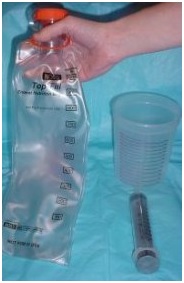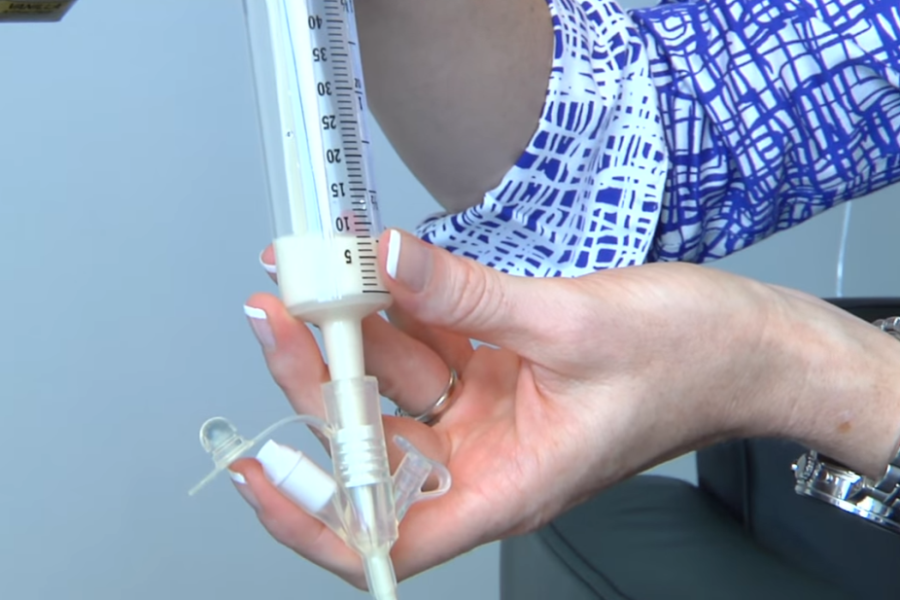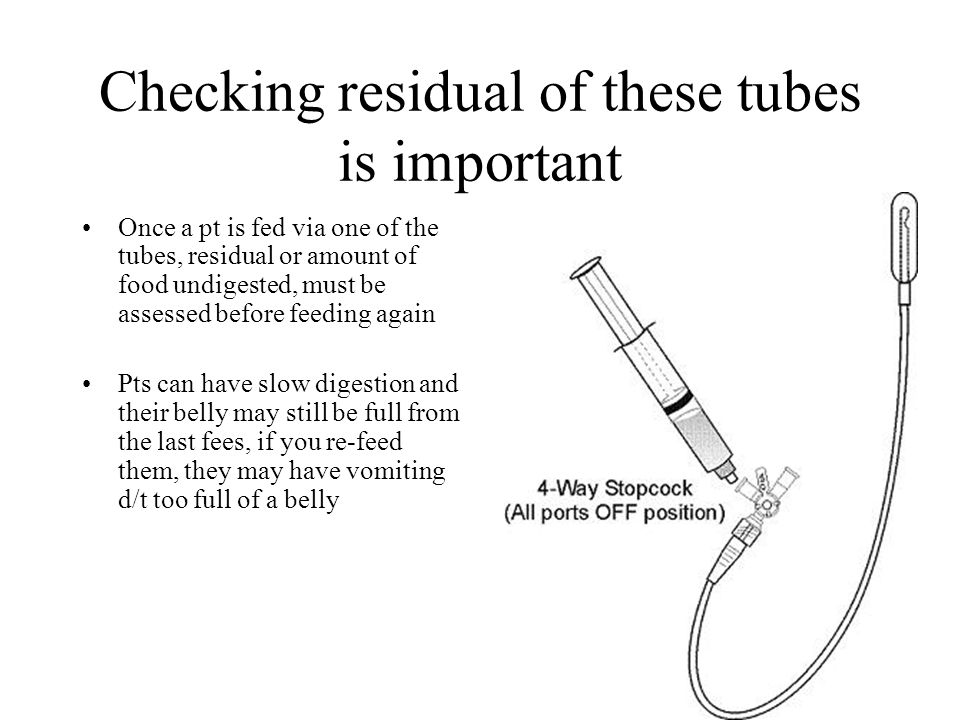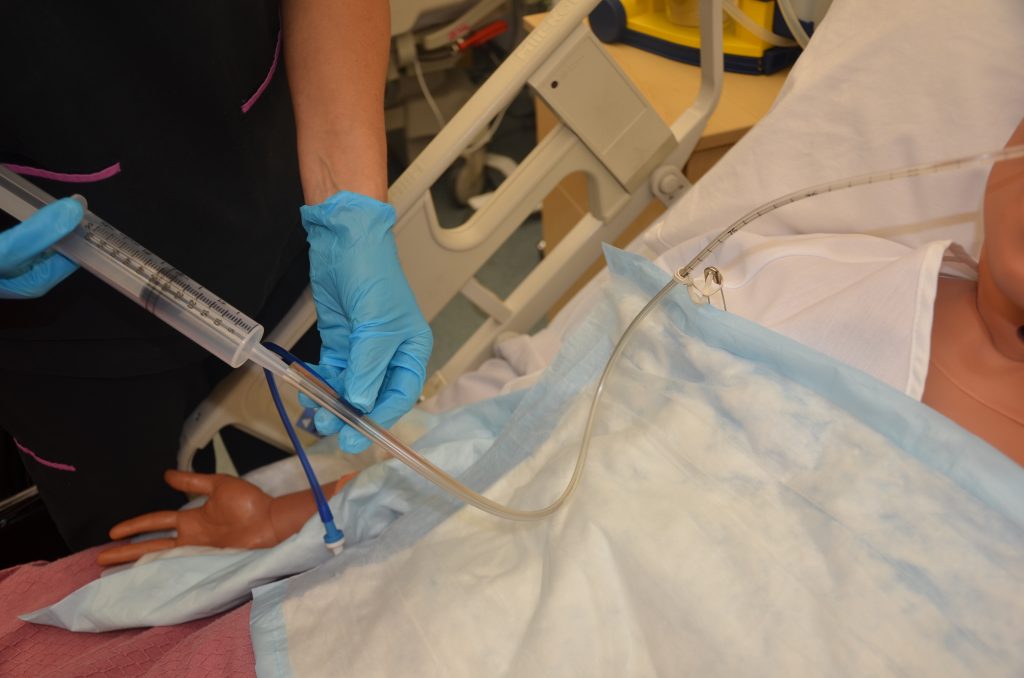Amazing Info About How To Check Peg Tube Residual

Tube with 30 ml water, resume enteral feedings and continue checking residuals every 6 hours.
How to check peg tube residual. If using a peg tube, take a residual measurement every 4 hours (if residual is more than 200 ml or other specifically. Confirm tube placement by looking at the color, consistency, and ph. 80% of noted high residuals are isolated events.
Your healthcare provider may have you. That means that in 2.5. Flush your peg tube with a 60 ml syringe filled with warm water.
Connect a syringe to the peg tube. If the gastric residual is more than 200 ml, delay the feeding. Lower the syringe to the side, below the level of your child’s stomach.
If you are checking for tube feed residual, you need to pull back gently on the syringe until you feel resistance. The paper should turn a different color, which you may match to your. To ensure that your stomach is emptying properly, check the residual before each feeding.
With bolus feedings, check the residual before. However, there is a paucity of scientific evidence to. We do not need to be checking residuals.
Place the syringe’s open end in a cup. The first gastrostomy tube placed in surgery. Delay feeding if the gastric residue is greater than 200 ml.
Read the amount in the. It has one (1) or two (2) ports and a plastic bumper inside the stomach to secure it. With a continuous feeding, check the residuals every 4 hours and before any flush or medication administration.
A healthy stomach should be continuously digesting what is put into it. High gastric residuals are the most common reason enteral feeding goals are not met. Connect a syringe to the peg tube.
Or more information on nutrition services at cleveland clinic, plea. Wash your hands with soap and warm water. How much residue is too much?
Read the amount in the syringe. If the residuals continue to be high (more than 200 ml) and. Put the tip of the syringe.
















